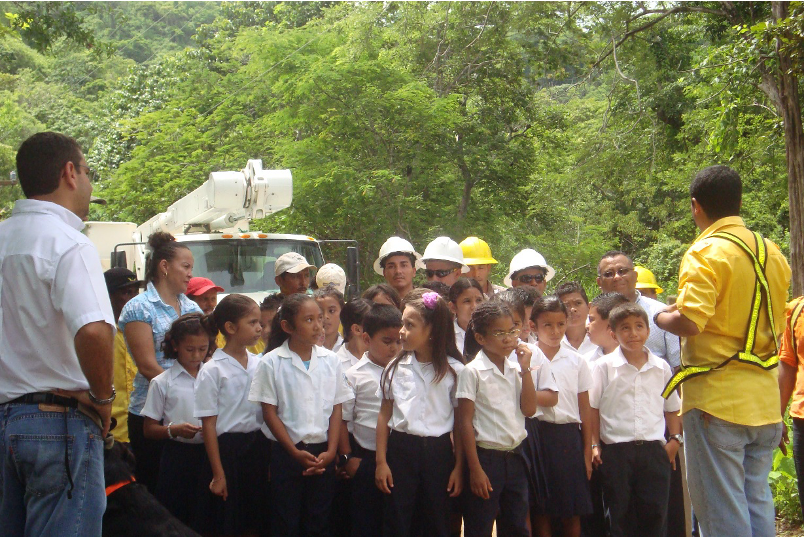Thursday February 29, 2024.
The Importance of Wildlife Bridges
In the years spanning from 2009 to 2011, Las Catalinas teamed up with Guanacaste’s electric company, Coopeguanacaste, to construct wildlife bridges. These wildlife bridges were constructed to offer a secure route for animals to move across roads and urban areas, addressing the potential threat of construction disrupting their natural pathways.
The initiative was born out of a collaborative effort, with Coopeguanacaste generously providing the materials while Las Catalinas lent their labor to the cause. These bridges serve as lifelines for wildlife, offering a path free from the dangers posed by vehicular traffic or electrocution. Each year, thousands of animals are electrocuted on uninsulated powerlines that were added to previously untouched habitats.

Insulated power lines provide a safe pathway for wildlife to navigate hazardous cables. However, their journey can quickly turn perilous when they reach an uninsulated transformer. To address this issue, numerous electricity companies across the country are spearheading the transition to insulated transformers, setting a commendable example for others in the community to follow.
.jpeg?width=1024&height=768&name=Image%20(14).jpeg)
Wildlife bridges become essential when natural alternatives, like riverbeds or interconnected tree canopies, are no longer available. Thanks to thoughtful urban planning, and reforestation efforts, these wildlife bridges in town are rarely utilized, as animals can move around the area with minimal hindrance.
.jpeg?width=1024&height=768&name=Image%20(15).jpeg)
As we contemplate the importance of wildlife bridges, it's crucial to recognize their profound impact on local ecosystems. Though their necessity may not always be readily apparent, their absence can lead to significant repercussions. As we look back on previous endeavors and regulatory changes, it's important to stay aware of the vital function these bridges serve in fostering harmony between human and animal populations.
.png?width=360&height=314&name=Image%20(1).png)